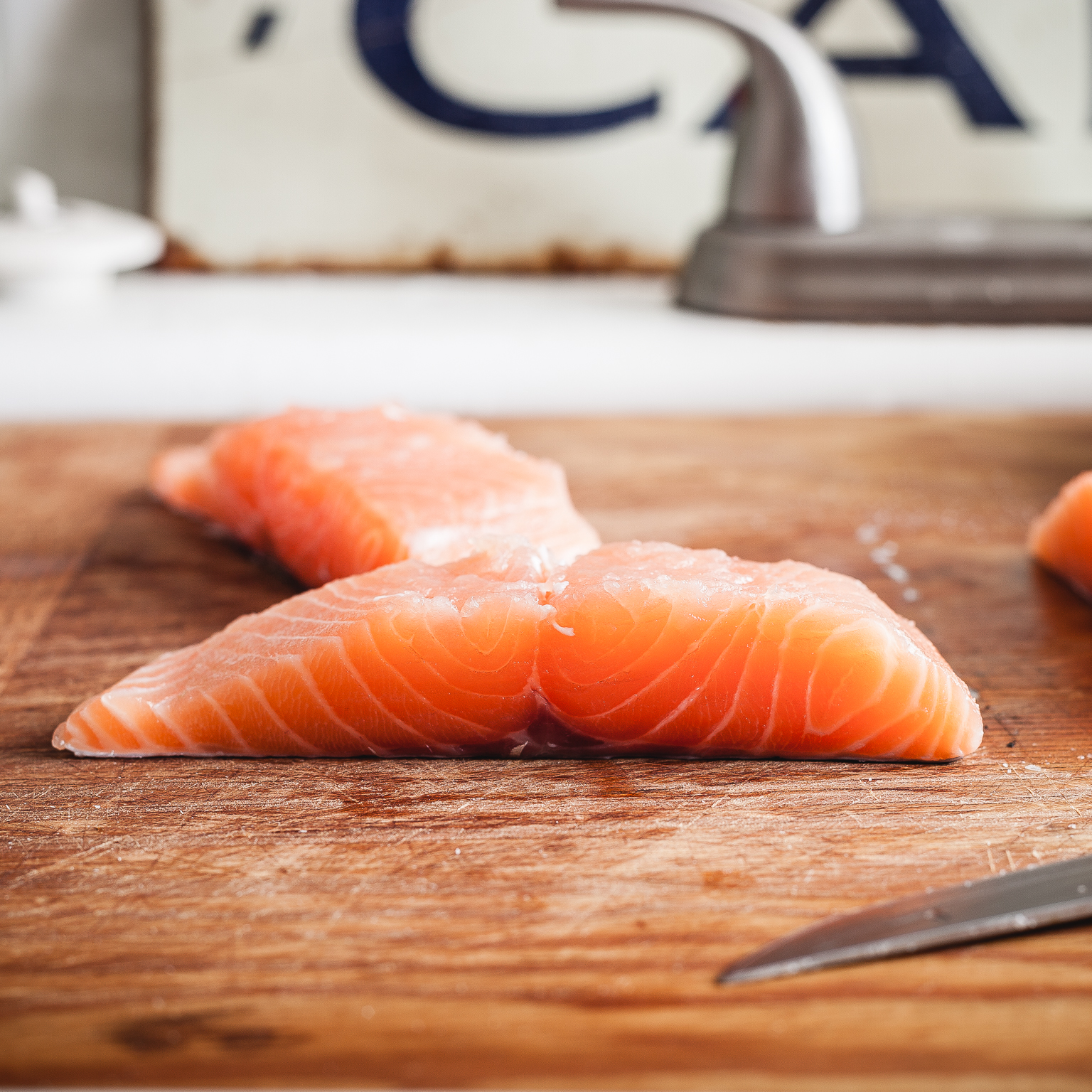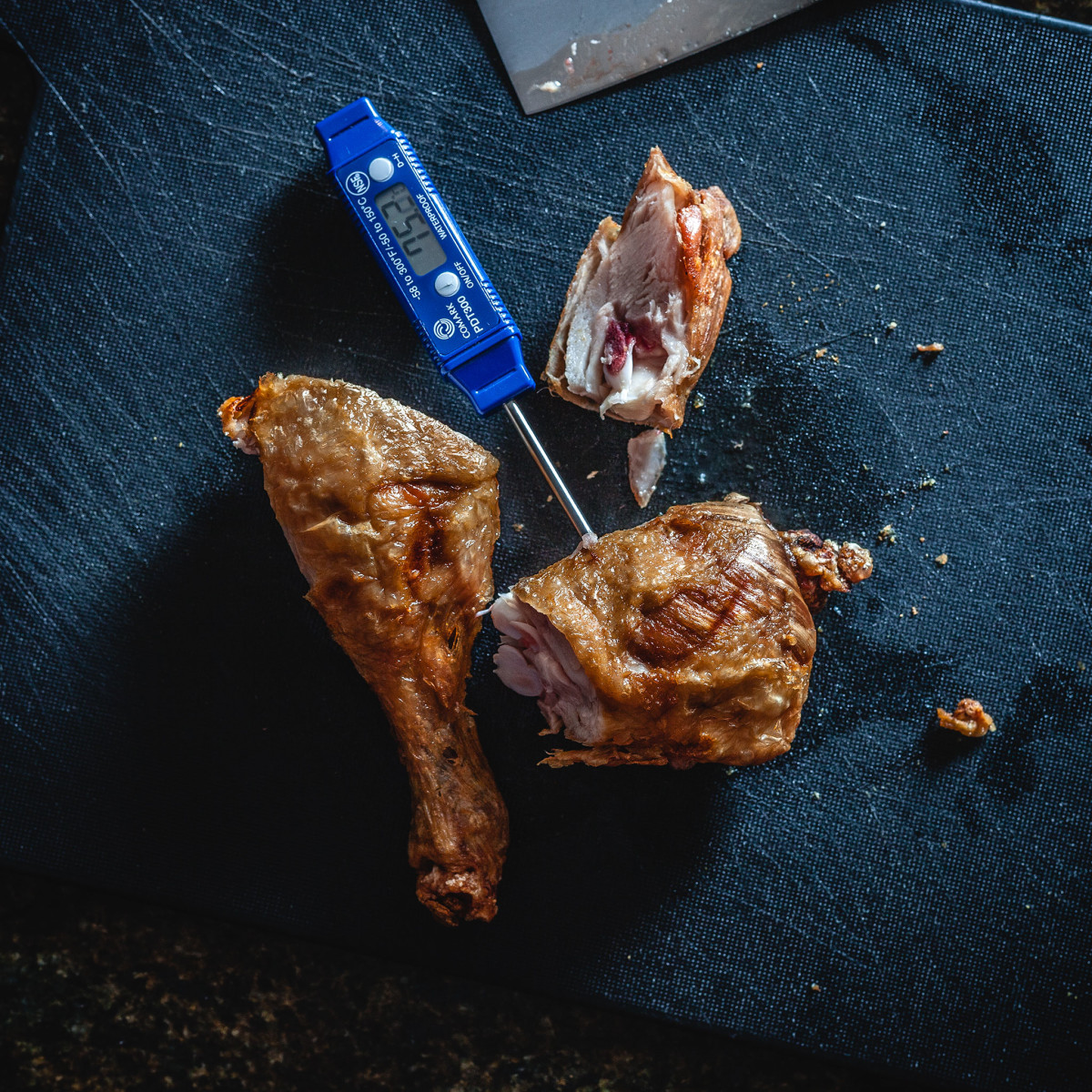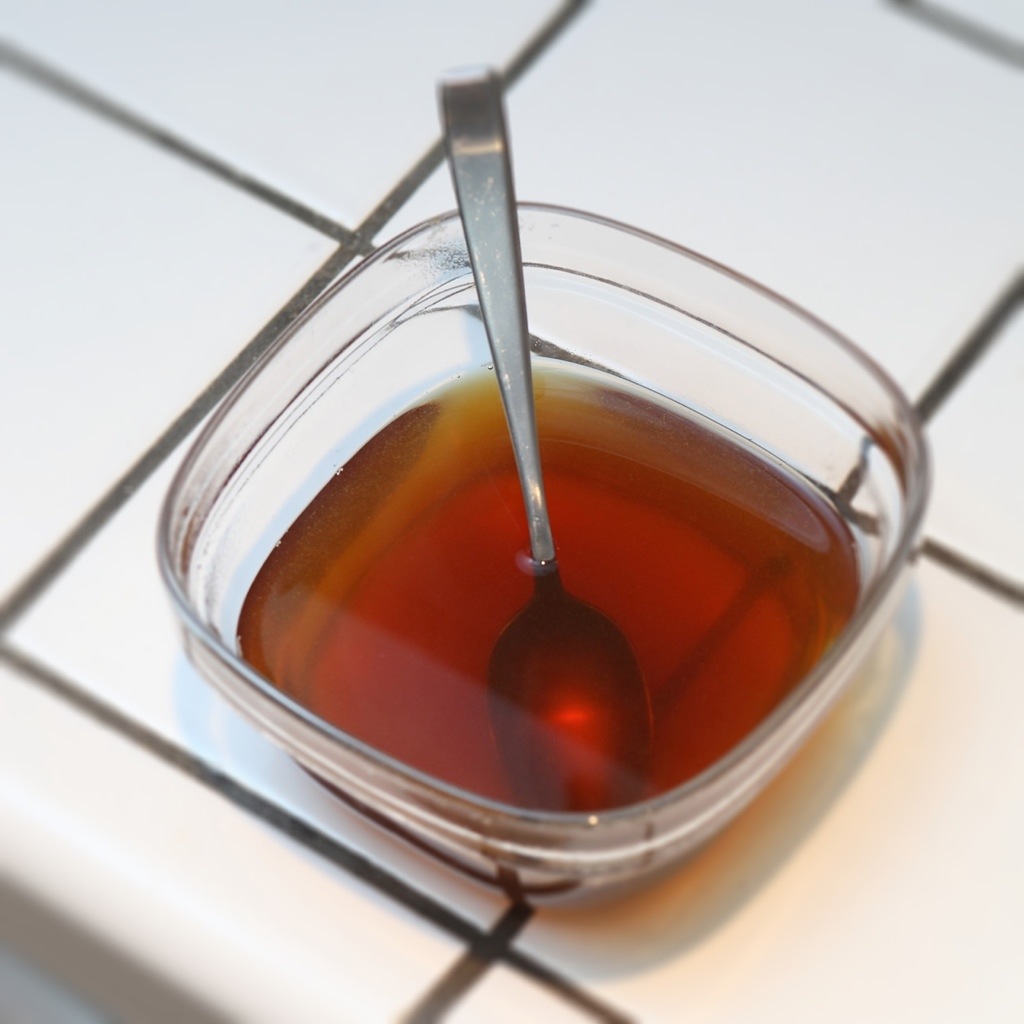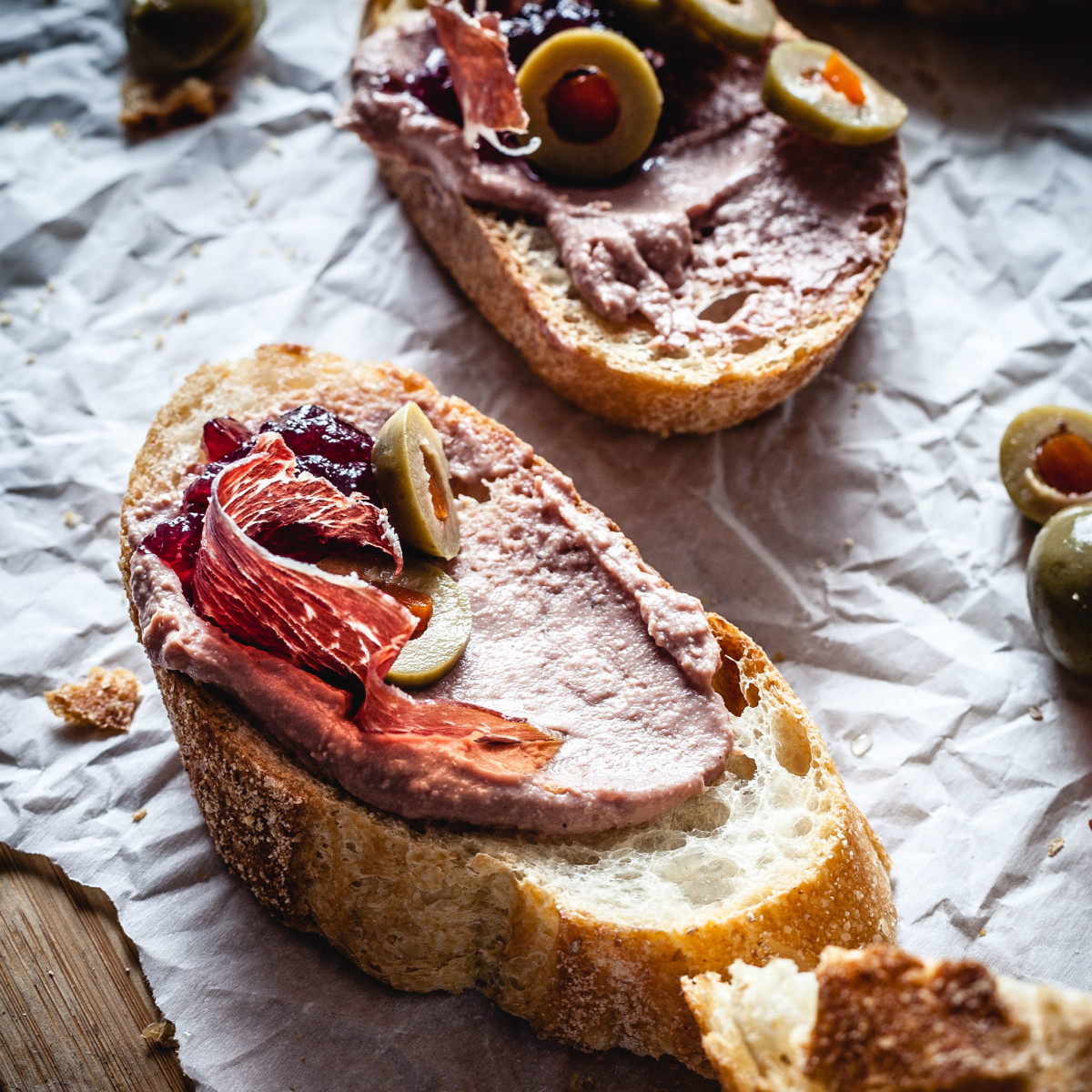Fish can scare some cooks away. They scare me too for sure, specially underwater but cooking fish is actually pretty easy and this post is about getting it all done in one skillet in one go. There are many other ways of cooking fish but let’s focus on skillet cooking today.
Cold fish. I like handling and cutting/slicing fish when it’s cold out of the fridge/cooler/ice bath. And I do not enjoy working with fish that has been frozen in a regular freezer. The poor fish is literally destroyed. The flesh is mush and the skin can’t even stay on it, the poor fish just falls apart. So if you can help it try avoiding freezing fish or buying frozen fish. Flash freezing is different but controversial so maybe a topic for later but there’s that option for buying frozen fish that’s not mush.

It must be said that I love fish skin. Soggy or crispy, doesn’t matter to me. But if I cook it for others then definitely would only serve it crispy.
Unlike when cutting/slicing fish, I like cooking fish (in general) starting at near room temperature. It’s easier to get a more uniform finish this way. So I will assume that if you’re cooking fish, you allowed the thing to rest for a good 20-30 mins after you took it out of the fridge.
Salmon skin is very thin and sears/browns super fast. Other fish like sablefish or sturgeon for example have a much thicker skin so the approach to cooking these is a bit different and I will dedicate an article for thick skinned fish in the future.

Back to salmon. The meat itself has to be cooked a lot more gently than the skin. 125°F (52°C) for medium-rare, or 135°F (57°C) for medium. Compared to the 400°F (204°C) needed to crisp up the skin. So there lies the tricky balance. This article’s title is kinda misleading I have to say. Pan searing salmon is only half the job. The meat needs to cook. The searing should mainly affect the skin. If I were cooking a skinless fillet I would probably not even bother with the searing part. Maybe some grill marks would be nice if that. Salmon is so beautiful and tender that I would only want to apply high heat to it only if necessary like in the case of skin-on fillets. So here’s what to do:
- Salt and pepper those fillets.
- Bring the fillets to near room temperature (a little cold is not bad, makes the meat a bit easier to shape and handle)
- Heat up a little vegetable oil (enough to coat the bottom) on a skillet until it ripples and just before it starts to smoke. High heat.
- Use paper towels and make sure the skin is dry before it hits the pan.
- Place the fillets skin side down. The pan should sizzle. 2 minutes. Don’t try to move the fillets.
- Lower the heat to medium low. Cook for another 2 minutes.
- Turn over the fillets and cook for about another 2 minutes.
- Test with an instant read thermometer to check the core temperature.
- If core is still below 50°C Lower heat to low and cook until core reaches 50°C
- Carryover heat will finish the job. Remove the fillets from the stove.


Btw, if you don’t have a fish spatula maybe this is a good time to go get one. They’re super cheap too. I love those things. Cooking fish with them is a lot easier (and I use them for cooking other stuff as well).
I have to hit the sack now but if you know of any other cool ways of getting fish fillets cooked on a skillet, do share por favor! Cheerios! Until the next!
Wanna get more sous-vide cooking guides and cool cooking how-to’s in your mailbox? You know what needs to be done!
We never spam. You should only be getting updates when new content is posted on the site. We also respect your privacy. We don’t share your email address with anyone and you can unsubscribe anytime!





4 comments
Applying uniform pressure to the salmon as soon as it hits the pan for a few moments will mitigate any tendency to curl. The salmon skin will release itself from the pan when it is properly crispy.
Absolutely! 🙂 Specially with larger fillets applying gentle pressure with the spat helps a lot. Also making very superficial cuts with a knife on the skin side can help reduce that curling effect. Thanks for sharing your ideas with me!
Have you tried salmon cooked sous-vide to 43C? Amazing buttery melt in your mouth texture.
You could pan sear it on the skin side afterwards, but very carefully as it flakes too easily.
I haven’t tried it but I have read about it, maybe @chefsteps and it sounds great